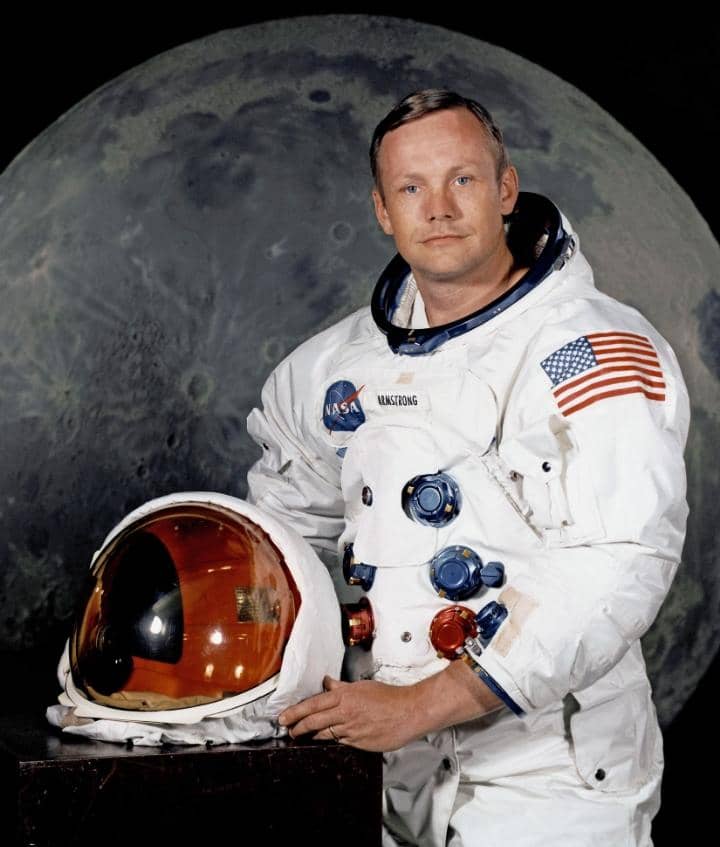On July 20, 1969, the world held its breath as Neil Armstrong descended the ladder of the lunar module and became the first human to set foot on the surface of the moon. This historic moment, which captivated millions of people around the globe, was the culmination of President John F. Kennedy’s bold vision and the tireless efforts of the entire Apollo program team.
Kennedy’s famous “moonshot” speech, delivered to Congress in 1961, had challenged the nation to land a man on the moon and return him safely to Earth before the end of the decade. This audacious goal galvanized the American people and spurred NASA to undertake one of the most ambitious engineering feats in human history.
At the heart of the Apollo 11 mission was the lunar module, a specialized spacecraft designed to transport astronauts from the orbiting command module to the lunar surface and back. This intricate vehicle, which weighed nearly 15 tons and stood over 22 feet tall, was a marvel of engineering, incorporating advanced systems for propulsion, life support, and landing.
As the lunar module, named Eagle, approached the moon’s surface, the tension on Earth was palpable.
Neil Armstrong, the mission’s commander, took control of the craft and carefully guided it down, searching for a suitable landing site. With just seconds of fuel remaining, Armstrong uttered the now-iconic words, “The Eagle has landed,” signaling that the module had touched down safely on the lunar surface.
Moments later, Armstrong opened the hatch and began his descent, becoming the first person to set foot on the moon. As he stepped onto the powdery lunar soil, he famously declared, “That’s one small step for man, one giant leap for mankind.” Buzz Aldrin, the mission’s lunar module pilot, soon joined Armstrong, and together they spent over two and a half hours exploring the lunar surface, conducting experiments and collecting rock and soil samples.
The success of the Apollo 11 mission was the result of years of meticulous planning, rigorous training, and the tireless efforts of thousands of engineers, scientists, and support staff. The technological advancements made during the Apollo program, from the development of the Saturn V rocket to the creation of new materials and life support systems, have had a lasting impact on our understanding of the universe and our ability to explore it.
But the true legacy of Apollo 11 lies in the inspiration it provided to people around the world. Neil Armstrong’s historic first steps on the moon captured the imagination of a generation and demonstrated the incredible potential of human ingenuity and determination.
The Apollo program’s success not only cemented America’s position as a global leader in space exploration but also inspired countless individuals to pursue careers in science, technology, engineering, and mathematics.
Today, as we reflect on the 50th anniversary of the Apollo 11 mission, we are reminded of the power of vision, perseverance, and the human spirit. The triumph of Neil Armstrong and the entire Apollo team stands as a testament to what can be achieved when a nation comes together in pursuit of a common goal. The legacy of Apollo 11 continues to inspire us to reach for the stars and push the boundaries of human achievement.

